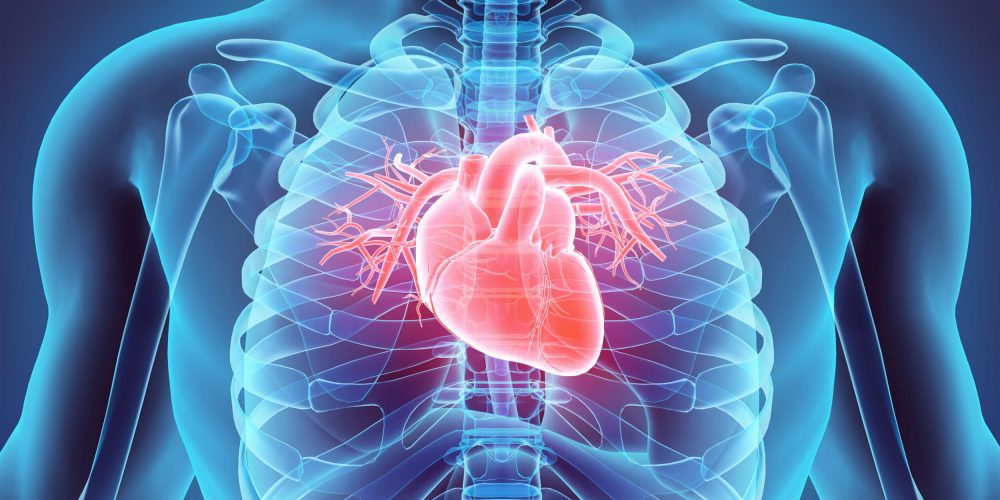
- 9736 (Registered)
Contact Hours Awarded: 4
Aortic stenosis is the second most common valvular heart disease in the Western world, and it is usually diagnosed after the age of sixty-five. With a burgeoning elderly population in the U.S., it is estimated that the number of Americans over the age of sixty-five will double by the year 2060 (2). Therefore, having a full understanding of aortic stenosis and its effects on the body is essential to provide care for patients undergoing a transaortic valve replacmenet (TAVR) procedure.
In this course we will discuss the relevant anatomy pertaining to the TAVR procedure, indications and contra-indications, and the post-operative care of patients undergoing the TAVR procedure.
Course outline:
- Introduction
- Normal Anatomy and Function of the Aortic Valve
- Aortic Valve’s Role in the Cardiac Cycle
- Pathophysiology and Assessment
- Syncope Angina Dyspnea
- Etiology & Risk Factors
- Natural History of Aortic Stenosis
- Overview of Procedure
- Diagnostic Imaging
- Morphology
- Severity
- Other Imaging Modalities
- Decision to Intervene
- Evaluation of Risk
- Pre-Planning Stage
- Procedure Considerations
- Intra-Operative Complications
- Post-Procedure Complications
- Bleeding and Vascular Site Complications
- Atrioventricular Blockage
- Acute Kidney Injury, Pain Management and Early Mobilization
- Discharge Planning
- References (Bibliography)
Accreditation statement: Nursing CE Central is accredited as a provider of nursing continuing professional development by the American Nurses Credentialing Center’s Commission on Accreditation.
More course information
In this course we will discuss the TAVR procedure including the relevant anatomy, indications and contra-indications, as well as the post operative care. It will take the average learner 200 minutes to complete.
After completing this course, the learner will be able to:
- Understand the relevant anatomy of the TAVR procedure.
- Explain the basics of the procedure including the indications and contra-indications.
- Describe the post-operative care of TAVR patients, including potential complications.
Target audience:
Registered Nurses (RN)
Advanced Practice Registered Nurses (APRN)
Requirement for completion:
1.) Enrollment in the course by the learner
2.) Read and learn all course materials
3.) Complete the course evaluation
4.) Attest and testify learning of the course materials
Course offering: # 11
Accreditations and approvals:
ANCC (Provider# P0614)
California BRN (Provider# 17418)
Kentucky Board of Nursing (Provider# 7-0090)
Course expiration date: March 1, 2022
Conflict of interest statement: Nursing CE Central nor any of the authors, planners, content experts or any contributors have a commercial interest nor were influenced by commercial interests in the creation of this course, financially or otherwise.
Course Content
Care of the Aortic Stenosis Patient Undergoing Transaortic Valve Replacement (TAVR)

